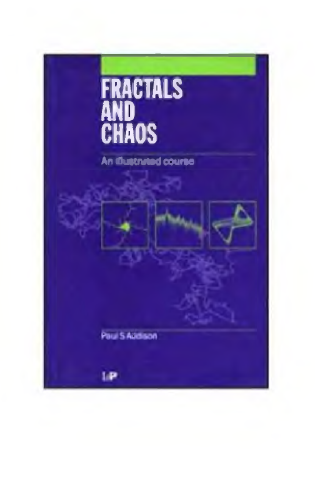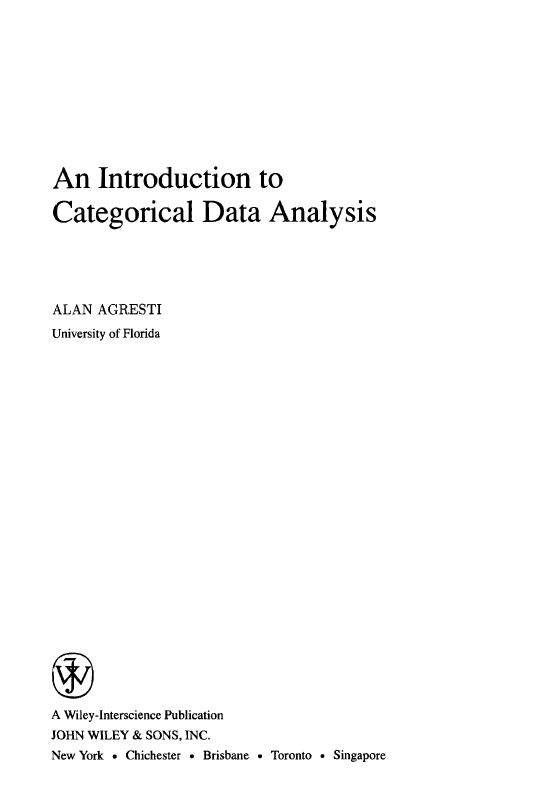-
Matematika,
-
-
Introduction to the Economics and Mathematics of Financial Markets
Jaksa Cvitanic and Fernando Zapatero,Matematika, -
Matematika,
-
-
Matematika,
-
Algorithms in a Nutshell 2nd Edition
George T.Heineman, Gary Pollice, Stanley Selkow,Matematika, -
-
-
-
Mathematical Methods for Mathematicians, Physical Scientists and Engineers
J. Dunning-Davies,Matematika, -
Matematika,
-
-
Matematika,
-
-
-
-
-
-
-
-
Introduction to the Economics and Mathematics of Financial Markets
Jaksa Cvitanic and Fernando Zapatero, -
-
Descriptive geometry and engineering graphics
V.N.Karimova,In the manual the collection of practical tasks are given in Russian. The tsks on the themes: a point, a straight line, a plane, two planes, a straight line and a plane, surfaces, crossing of surface with planes, crossing of two surfaces, transformation of drawing, definition of angles as well as written tasks, samplers for Olympiad tests and tasks.
-
Fundamentals Of Physics 5th edition
David halliday, Robertr Resnick, Jearl Walker,Fundamentals of Physics, 5th Edition by Halliday, Resnick, and Walker is a widely acclaimed textbook designed to introduce students to the core concepts of physics in a clear and comprehensive manner. This edition continues the tradition of providing a thorough grounding in the fundamental principles of physics, from mechanics and thermodynamics to electromagnetism and modern physics.
-
Algorithms in a Nutshell 2nd Edition
George T.Heineman, Gary Pollice, Stanley Selkow,Revising a book for a new edition is always an arduous task. We wanted to make sure that we retained all the good qualities of the first edition, published in 2009, while fixing some of its shortcomings and adding additional material. We continue to follow the principles outlined in the first edition
-
Calculus for Biology and Medicine
Claudia Neuhauser,Calculus for Biology and Medicine” kitobi biologiya va tibbiyot yo‘nalishidagi muammolarni matematik analiz orqali yechishni o‘rgatadi. Unda limit, hosila, integral va differensial tenglamalar kabi mavzular biologik jarayonlar — populyatsiya o‘sishi, dorining organizmda taqsimlanishi, infeksiya tarqalishi va boshqa misollar orqali tushuntiriladi. Kitob nazariya bilan birga ko‘plab amaliy topshiriqlar va real hayotiy modellarga asoslangan misollarni o‘z ichiga oladi.
-
Numerical Methods
Germund Dahlquist,The book "Numerical Methods" covers computational methods used in solving mathematical problems using computers. The work covers topics such as numerical approximation, interpolation, extrapolation, solving linear and nonlinear equations, numerical methods for differential and integral equations, optimization, and operations on matrices. Along with the theoretical part, the book also provides many practical examples, algorithms, and solutions through programming. It is intended as a textbook for students of mathematics, engineering, and programming, as well as for specialists involved in scientific computing.
-
Fundamentals of Differential Equations
R. Kent Nagle, Edward B. Saff,This textbook is written to introduce the theory of ordinary differential equations, combining theoretical concepts and their practical applications. The main goal of the book is to prepare students to understand differential equations, master their solution methods, and model real-life problems. The work covers the following: First-order differential equations and their applications; Higher-order linear equations, fundamental solutions, and the Wronski determinant; Nonlinear equations and spatial portraits; Systems of equations and solutions using matrices
-
Mathematical Methods for Mathematicians, Physical Scientists and Engineers
J. Dunning-Davies,This manual covers the mathematical methods necessary for students of mathematics, physics, and engineering. The purpose of the book is to present theoretical concepts in a simple and understandable way and show the possibility of applying them to practical problems in the natural sciences and engineering. The work covers the following: Linear algebra and matrix theory; Differential equations and their physical applications; Special functions and solving physical problems with their help; Fourier and Laplace transforms; Complex analysis methods; Integral equations and variational methods; Practical application of probability and statistical methods. The book is enriched not only with theoretical foundations, but also with numerous examples, exercises, and applications, preparing the reader for scientific research and solving practical problems.
-
Numerical Solution of Partial Differential Equations by the Finite Element Method
Claes Johnson,This book is devoted to the finite element method (FEM), an important direction in the numerical solution of partial differential equations (PDE). The author combines theoretical foundations and practical algorithms, explaining the essence of the method step by step. The work describes: General principles of solving elliptic, parabolic and hyperbolic PDEs; Variational formulas and their mathematical foundations; Discretization, i.e., the representation of continuous problems on a finite element grid; Stability and convergence properties; Practical computational algorithms and their application on computers; Methods of application to engineering and physics problems.
-
-
Regularity of minimal surfaces
Ulrich Dierkes, Stefan Hildebrandt, Anthony J. Tromba,This work is subject to copyright. All rights are reserved, whether the whole or part of the material is concerned, specifically the right of translation, reprinting reuse of illustrations, recitation and storage in data banks
-
Linear Algebra and Its Applications
David C. Lay,Many of the designations by manufacturers and seller to distinguish their products are claimed as trademarks
-
Applied Partial Differential Equations
Paul DuChateau, David Zachmann,All rights reserved. Printed in the United States of America. No part of this book may be used or reproduced in any manner whatsoever without written permission, except in the case of brief quotations embodiednin critical articles and reviews
-
Practical descriptive geometry
William Griswold Smith,During his several years of teaching descriptive geometry to combined classes of engineering and geology students the author has become convinced that the two groups should be separated and offered a different presentation of the subject.
-
Elementary algebra: Structure and Use
Raymond A,This is an introductory text in algebra written for students with no background in algebra and for students who need a review before proceeding further. The improvements in this fifth edition evolved out of generous responses from users of the fourth edition. Most of the changes in this edition have been made with an eye toward making the text even more accessible to students with minimal background and to provide a better transition to material covered in subsequent courses, intermediate algebra courses in particular.
-
Fractals and chaos an illustrated course
Addison Paul S.,The aim of this textbook is to provide the reader with an elementary introduction to fractal geometry and chaotic dynamics. These are subjects which have attracted immense interest throughout the whole range of numerate disciplines, including science, engineering, medicine, economics, and social science, to name but a few. The book may be used in part or as a whole to form an introductory course in either or both of the subject areas. The text is very much 'figure driven' as I believe that illustrations are extremely effective in conveying the concepts required for comprehension of the subject matter of the book. In addition, undue mathematical rigour is often avoided within the text in order to provide a concise treatment of specific concepts and speed the reader through the subject areas.
-
An Introduction to Categorical Data Analysis
Agresti Alan,In recent years, the use of specialized statistical methods for categorical data has increased dramatically, particularly for applications in the biomedical and social sciences. Partly this reflects the development during the past few decades of sophisticated methods for analyzing categorical data. It also reflects the increasing methodological sophistication of scientists and applied statisticians, most of whom now realize that it is unnecessary and often inappropriate to use methods for continuous data with categorical responses. This book presents the most important methods for analyzing categorical data. It summarizes methods that have long played a prominent role, such as chi-squared tests and measures of association. It gives special emphasis, however, to logistic regression and loglinear modeling techniques. These methods share many features with linear model methods for continuous variables.




















